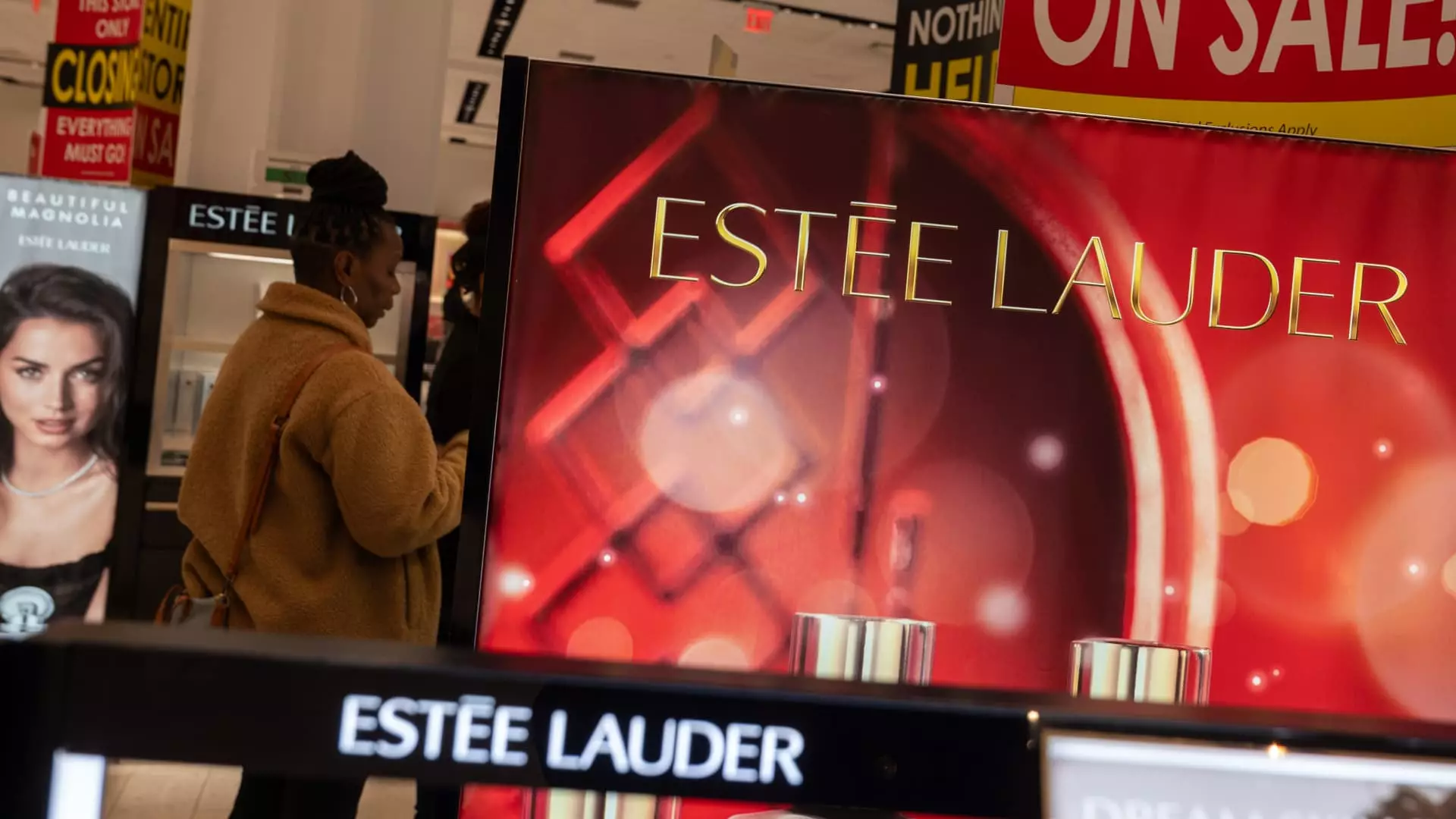The Struggles of Beauty Stocks: A Tumultuous Week for E.l.f. and Estee Lauder

The past week has proven to be a tumultuous period for several beauty stocks, with significant losses recorded by notable companies such as E.l.f. Beauty and Estee Lauder. These losses have shaken investor confidence and prompted widespread speculation about the future trajectory of the cosmetics industry. Following the release of disappointing earnings reports and revised forecasts, shares of these companies plummeted, reflecting broader economic trends that are now influencing consumer behavior in the beauty sector.
E.l.f. Beauty experienced a staggering nearly 29% drop in stock value, marking its worst week since August 2018. While the company managed to surpass revenue expectations for its fiscal third quarter, it failed to meet projections for adjusted earnings per share, which ultimately led to a cut in its full-year sales guidance. The company now anticipates sales between $1.3 billion and $1.31 billion, down from earlier estimates that had projected figures as high as $1.34 billion. In an interview, CEO Tarang Amin pointed to a 5% decline in the beauty sector at the start of the year, attributing this to consumer fatigue following the holiday season and reduced online engagement with beauty products.
Estee Lauder also faced its share of troubles, witnessing a 22% plunge in its stock price during the week, the most significant drop since November. Compounding the issue, the company announced plans to cut between 5,800 to 7,000 jobs by 2026 while simultaneously revealing that a downturn in travel-related sales in Asia could adversely affect its net sales for the third quarter. Despite exceeding expectations for its second-quarter earnings and revenue, the underlying narrative was one of turmoil and lost market potential, as articulated by the new CEO, Stéphane de La Faverie, during the earnings call.
The impact of these earnings reports extends beyond E.l.f. and Estee Lauder, with other companies such as Ulta Beauty and Coty also feeling the pressure. Ulta recorded a drop of 9% in shares, marking its worst week since April, while Coty saw a nearly 8% decline—the lowest since October. The situation at Ulta was particularly concerning for E.l.f., which noted signs of weakness in sales during January at this retailer. Such trends seem to indicate that the beauty sector is grappling with more profound challenges.
Adding to these economic pressures are international tariff battles that threaten profit margins across the beauty industry. Recent tariffs imposed by China on select U.S. goods in retaliation for U.S. tariffs could exacerbate the situation for companies reliant on overseas manufacturing. For E.l.f., which produces about 80% of its items in China, the announcement of a 10% tariff called for relief amidst previously considered levies that could have reached 60%. The situation remains precarious, prompting questions regarding how these companies can adapt and regain agility in an increasingly competitive landscape.
Overall, the beauty industry is facing a crossroads, necessitating strategic shifts to weather the economic turbulence and consumer sentiment fluctuations.





